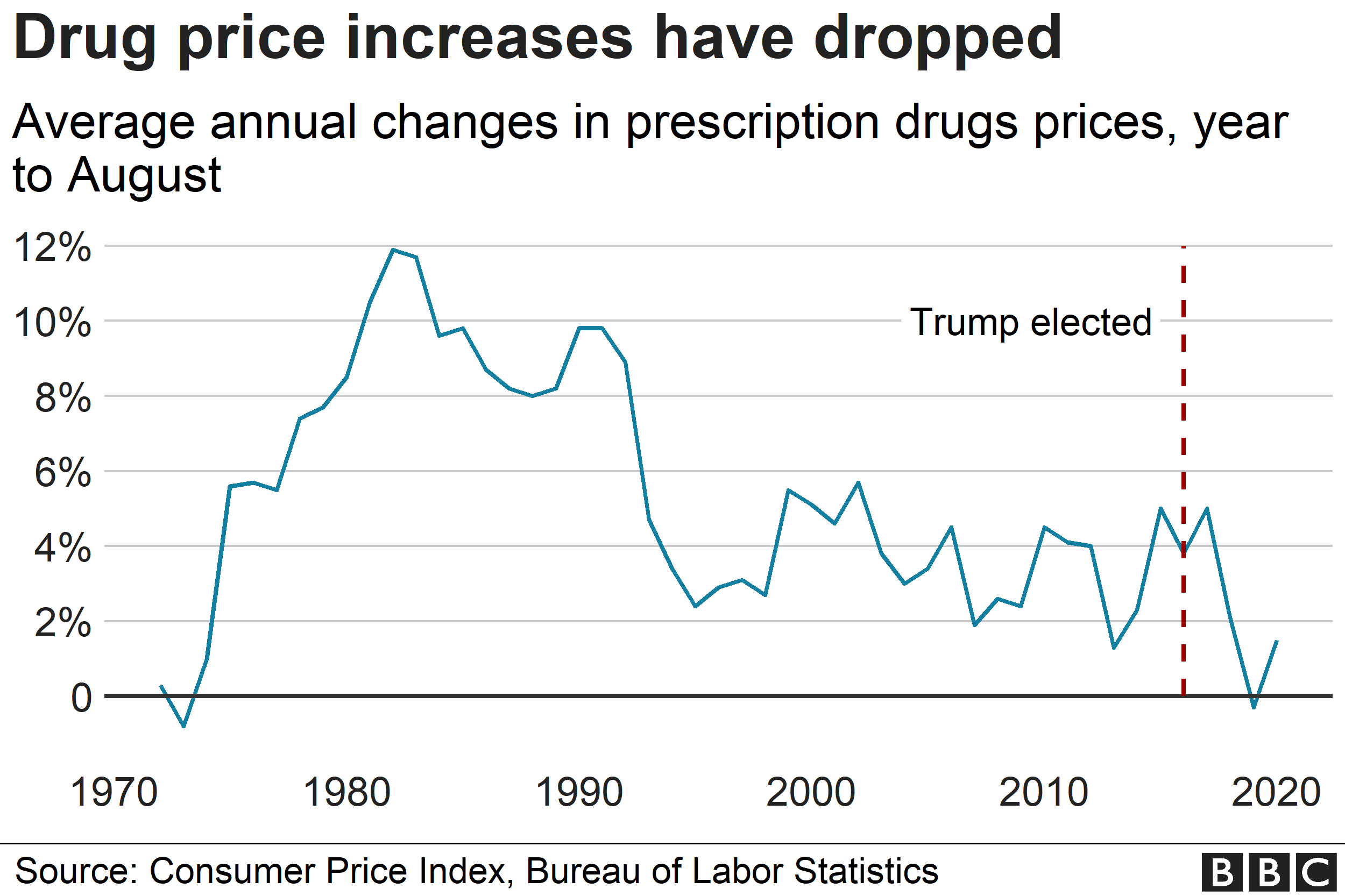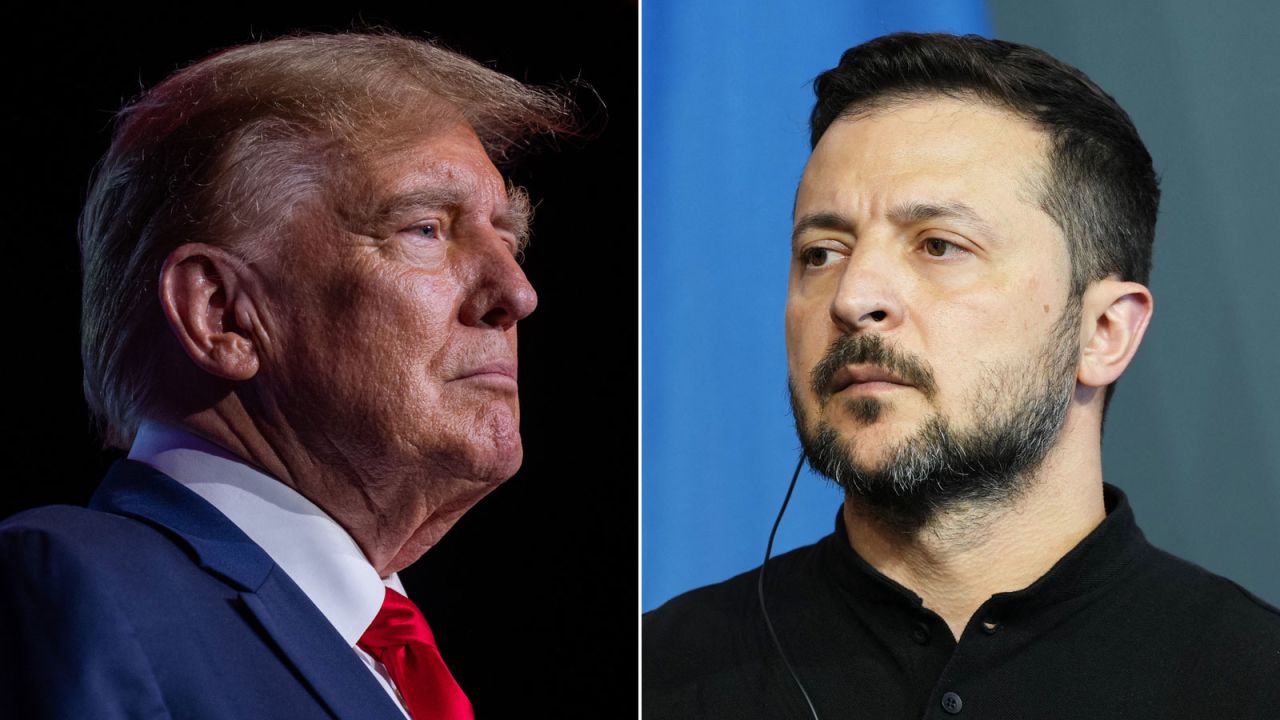Executive Order On Drug Prices: Analyzing Trump's Action

Table of Contents
The Executive Order's Core Provisions
Trump's executive order on drug prices focused on several key strategies to reduce the cost of prescription medications for Medicare and Medicaid beneficiaries. These strategies included international price indexing, most-favored-nation pricing, and significant rebate reforms.
International Price Indexing
This proposal aimed to link US drug prices to those in other developed countries, such as Canada, the UK, France, and Germany. The argument was that if a drug is cheaper in these countries, the US government should negotiate prices based on these lower international benchmarks.
- Examples of countries used for comparison: Canada, the UK, France, Germany, and others with comparable healthcare systems.
- Projected savings: The administration projected significant savings for taxpayers, though precise figures were debated and contested by various parties.
- Potential impact on pharmaceutical innovation: Critics argued that this approach could stifle pharmaceutical innovation by reducing the profitability of new drug development.
- Concerns about international price variations: Prices can vary significantly even between developed countries due to different regulatory frameworks and market dynamics, making direct comparisons complex.
Most-Favored-Nation Pricing
This strategy proposed that the US government would pay the lowest price offered by pharmaceutical companies to any other developed country for covered drugs under Medicare. This approach aimed to eliminate variations in pricing across nations and ensure the US receives the best possible deal.
- How it would work in practice: The government would track prices offered by pharmaceutical companies internationally and use that data to negotiate prices for Medicare.
- Potential legal challenges: Pharmaceutical companies argued that this violated international trade agreements and potentially infringed on their intellectual property rights, leading to several lawsuits.
- Impact on pharmaceutical companies' profitability: This strategy directly challenged pharmaceutical companies' pricing power and their ability to maximize profits.
- Effect on drug availability: Concerns arose that manufacturers might respond by limiting the availability of drugs in the US or even withdrawing certain medications from the market.
Rebate Reforms
The executive order also sought to reform the Medicare Part D rebate system. Currently, pharmaceutical companies provide rebates to pharmacy benefit managers (PBMs), not directly to the government or patients.
- How current rebates work: Rebates are negotiated between manufacturers and PBMs, but the savings don’t always reach patients at the point of sale.
- How the changes would alter the system: The Trump administration proposed changes to ensure that patients receive a greater share of the rebates at the pharmacy counter.
- Potential cost savings for taxpayers: The aim was to transfer savings directly to Medicare beneficiaries, reducing their out-of-pocket costs.
- Possible impact on patient access to medications: Concerns were raised that changes to the rebate system might lead to higher prices for some drugs, impacting patient access.
Legal Challenges and Opposition
The executive order faced strong opposition from the pharmaceutical industry and several legal challenges.
Pharmaceutical Industry Response
The pharmaceutical industry vehemently opposed the executive order, arguing that it would:
- Stifle innovation: Reduced profitability would discourage investment in research and development of new drugs.
- Lead to drug shortages: Manufacturers might reduce production or withdraw drugs from the US market in response to lower prices.
- Compromise patient safety: Price controls could potentially lead to compromises in quality and safety.
- Intensify lobbying efforts: The industry engaged in significant lobbying activities to challenge and ultimately defeat many aspects of the executive order.
Legal Battles and Outcomes
Numerous lawsuits were filed against the executive order, primarily challenging its legality and constitutionality.
- Specific lawsuits: Several pharmaceutical companies and industry groups filed lawsuits in federal courts.
- Arguments presented: The arguments centered on claims of exceeding executive authority and violating existing law.
- Court decisions: The outcomes varied across different aspects of the executive order, with some provisions being challenged successfully while others survived legal scrutiny.
- The overall effect on the executive order's implementation: The legal battles significantly slowed down and ultimately limited the implementation of many key aspects of the order.
Impact on Consumers and the Healthcare System
The potential impact of Trump's executive order on drug prices is complex and multifaceted.
Potential Cost Savings for Patients
The administration's goal was to achieve significant cost savings for patients and the healthcare system.
- Estimated cost reductions: The projected savings varied greatly, with estimates ranging widely depending on the specific policy and the assumptions made.
- Impact on out-of-pocket expenses: The order aimed to reduce patients' out-of-pocket expenses for prescription drugs.
- Affordability improvements: The primary goal was to make prescription drugs more affordable for seniors and other vulnerable populations.
Concerns about Access and Availability
Critics raised concerns that the executive order could lead to reduced access to essential medications.
- Potential drug shortages: Price controls could incentivize manufacturers to reduce production or withdraw drugs from the US market.
- Impact on vulnerable populations: Low-income individuals and those with limited insurance coverage would be particularly vulnerable to drug shortages.
- Accessibility for those with limited insurance coverage: The order’s impact on patients outside of Medicare and Medicaid is also an important factor to consider.
Conclusion
Trump's executive order on drug prices represented a bold attempt to address the high cost of prescription drugs in the US. While its proponents argued that it would bring about significant cost savings and improve affordability, opponents raised serious concerns about its potential impact on pharmaceutical innovation, drug availability, and patient access. The legal challenges and subsequent court decisions significantly altered the landscape of the executive order's potential effect. The long-term consequences remain a subject of ongoing debate and require continued monitoring. To engage in this crucial conversation and ensure your voice is heard on this critical issue, contact your representatives to express your views on drug pricing policies and the future of affordable healthcare access. Continue researching and participating in discussions surrounding prescription drug pricing and policies like the Trump executive order on drug prices to stay informed and actively contribute to shaping healthcare policy.

Featured Posts
-
 Ukraine Peace Talks Zelensky Seeks Trumps Involvement
May 13, 2025
Ukraine Peace Talks Zelensky Seeks Trumps Involvement
May 13, 2025 -
 How Close Did The How To Train Your Dragon Live Action Remake Come To A Controversial Decision
May 13, 2025
How Close Did The How To Train Your Dragon Live Action Remake Come To A Controversial Decision
May 13, 2025 -
 Get Doom The Dark Ages For 17 Less
May 13, 2025
Get Doom The Dark Ages For 17 Less
May 13, 2025 -
 Predlog Novele Zakona O Romski Skupnosti Analiza Javne Obravnave
May 13, 2025
Predlog Novele Zakona O Romski Skupnosti Analiza Javne Obravnave
May 13, 2025 -
 Families Of Gaza Hostages Live A Continuing Nightmare
May 13, 2025
Families Of Gaza Hostages Live A Continuing Nightmare
May 13, 2025
